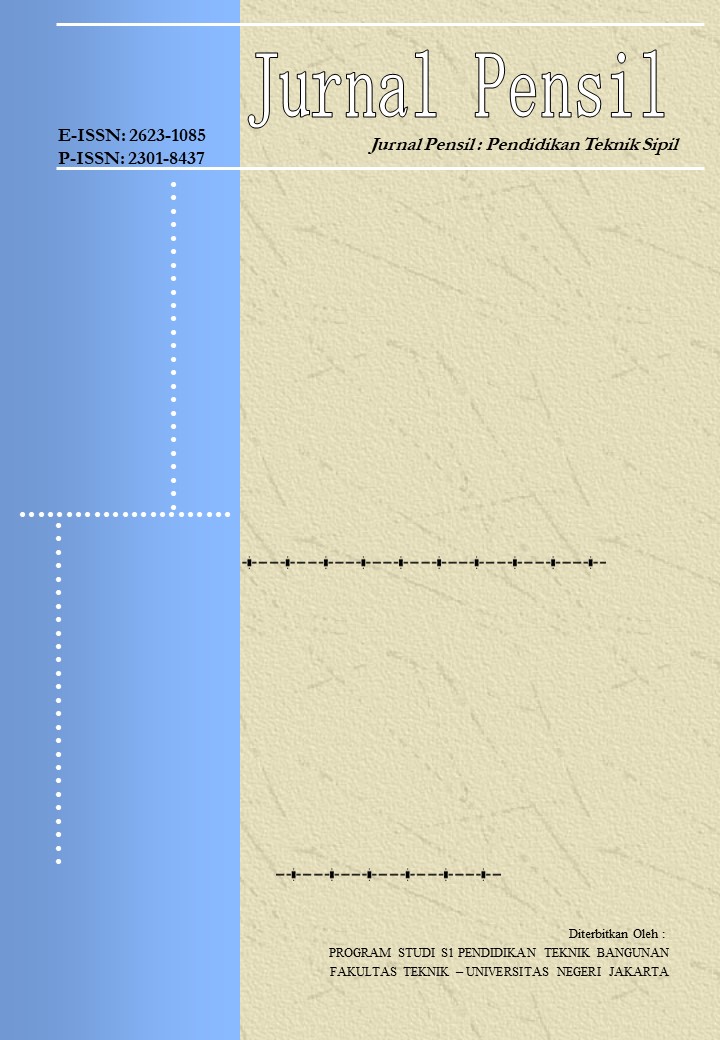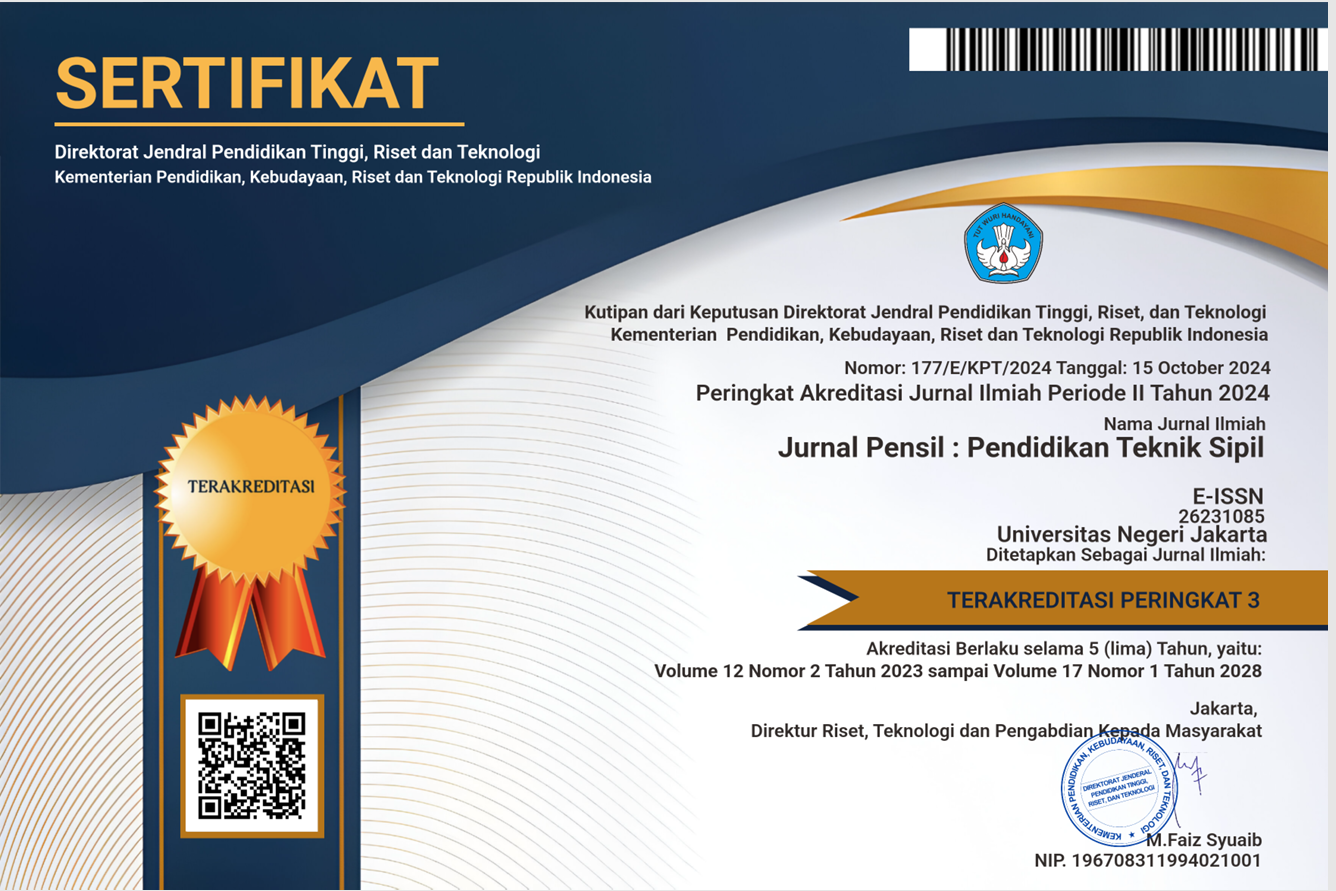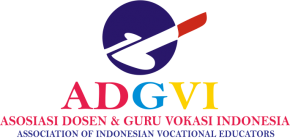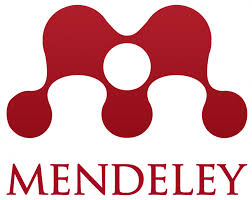IMPLEMENTASI PEMBELAJARAN KEWIRAUSAHAAN SMK BIDANG KEAHLIAN TEKNIK KONSTRUKSI DAN PROPERTI DI YOGYAKARTA
DOI:
https://doi.org/10.21009/jpensil.v10i1.18441Keywords:
Curriculum 2013 revision 2017, Entrepreneurship subject, Learning MethodAbstract
Abstrak
Mata pelajaran Kewirausahaan telah beberapa kali berganti nama dan metode pembelajaran. Mata pelajaran Kewirausahaan saat ini berdasarkan kurikulum 2013 revisi 2017. Tujuan dari penelitian ini adalah untuk melihat maksud dan tujuan pencapaian pada mata pelajaran Kewirausahaan pada kurikulum 2013 revisi 2017 dan mengetahui kesesuaian kompetensi dasar kewirausahaan yang diajarkan oleh guru. Jenis penelitian ini adalah penelitian deskriptif dan menggunakan metode purposive sampling. Hasil penelitian ini memperoleh gambaran output pembelajaran berupa tingkat pencapaian tujuan yang telah direncanakan oleh Kementerian Pendidikan dan Kebudayaan yang menyatakan bahwa guru optimis tercapainya tujuan pendidikan kewirausahaan, pengetahuan guru tentang usaha rintisan siswa yang mengalami kesulitan dalam membuat perusahaan rintisan, sedangkan dalam hal kegiatan usaha atau usaha rintisan yang dibuat dan dikelola oleh kelompok siswa memerlukan pendamping dalam pelaksanaanya. Selain itu, pengetahuan guru tentang rata-rata penjualan produk atau jasa menunjukkan semua program mampu menjual produknya dengan nilai nominal yang bervariasi dan cukup untuk dapat membuat produk atau jasa kreatif yang layak jual sesuai dengan kompetensi keahliannya.
Kata kunci: kewirausahaan, kurikulum 2013 revisi 2017, metode pembelajaran, implementasi kewirausahaan
Abstract
Entrepreneurship subjects has several times changed names and learning method. Entrepreneurship subjects which are currently based on curriculum 2013 revision 2017. Purpose of this study is to look at the goals and objectives of the achievement in entrepreneurship subjects in curriculum 2013 revision 2017 and determine the suitability of basic competence of entrepreneurship taught by teacher. This type of research is a descriptive study and using purposive sampling method. The results obtained a description of the learning output in the form of the level of achievement of the goals that have been planned by the Ministry of Education and Culture stating that teachers are optimistic about achieving entrepreneurial education goals, teacher’s knowledge of student business start-up has difficulties in making business company start-up, while in terms of business activities or business start-up created and managed by student groups need assistance in its implementation. Also, the teacher's knowledge of the average sales of products or services shows all programs are able to selling their products with varying nominal values and are sufficient to be able to make selling-worthy creative products or services accordance with the competence of their expertise.
Keywords: entrepreneurship subject, curriculum 2013 revision 2017, learning method, implementation of entrepreneurship
References
Gautam, M.K., & Singh, S.K. (2015). Entrepreneurship education: concepts, characteristics and implications for teacher education. SPIJE 5(1), 21-35.
Gafar, M., Kasim, R. & Martin, D. (2013). Entrepreneurial Idea Development to Business Start-Up: Teaching Methodological Approach. Journal of Research & Method in Education, Vol. 1 (4), PP 46-55
Lillevelli, U. & Taks, M. (2017). Competence models as tool for conseptualizing systematic process of entrepreneurship competence development. Hindawi Educational Research International
Ridgley (2012). Strategic Thinking Skills. United States of America. The Great Courses
Tyler, R.W.(1949). Basic Principles of Curriculum and Instructions. Univ. of Chicago
Winarno, A., Wijiyanti, T., Agustina, Y., Churiyah, M., Basuki, A. (2019). Integration of vocational school and small-medium enterprise (SME) learning: an effort of elevating entrepreneurship spirit based on strength and weakness in East Java . Academy of Entrepreneruship Journal 25(1), 1-11.











.png)
.png)
1.png)

